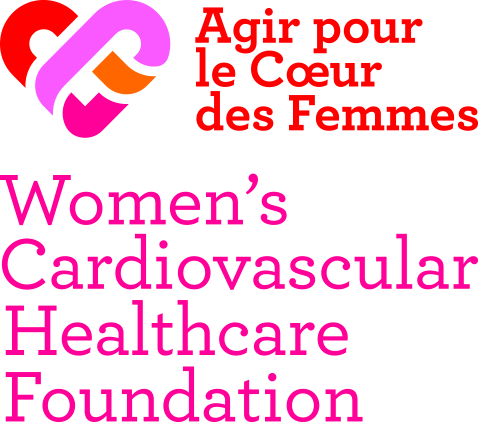
ANTICIPER
Cholesterol
Why Cholesterol is an Enemy You Should Take Seriously
Bad cholesterol turns into atheromatous plaque which gets deposited in the arteries and can clog them.

SEE ALSO
Why Women are More Exposed to Cardiovascular Risk Factors
Risk Factors
Certain risk factors are linked to higher risk of cardiovascular disease and a poorer prognosis for women than men. At the same age, women have more cardiovascular risk factors than men. More than 80% of women over 45 have at least two. Their risk of heart attack linked to hypertension, diabetes or a [...]
Why You Should Give Yourself Time to Move!
Only a little over half of women in France (53%) get the WHO’s recommended level of physical activity, which is at least two and a half hours per week of moderately intense activity or one hour and fifteen minutes of intense activity, according to a study published June 9, 2020 in the Santé [...]
Why Stress is a Ticking Time Bomb
Stress
Women have many stress hormone receptors in their arteries and cardiac muscle for hormones called catecholamines. Their coronary arteries (arteries irrigating the heart) are also smaller than men’s. All of this makes women more vulnerable to coronary artery spasms where stress triggers an artery to [...]




